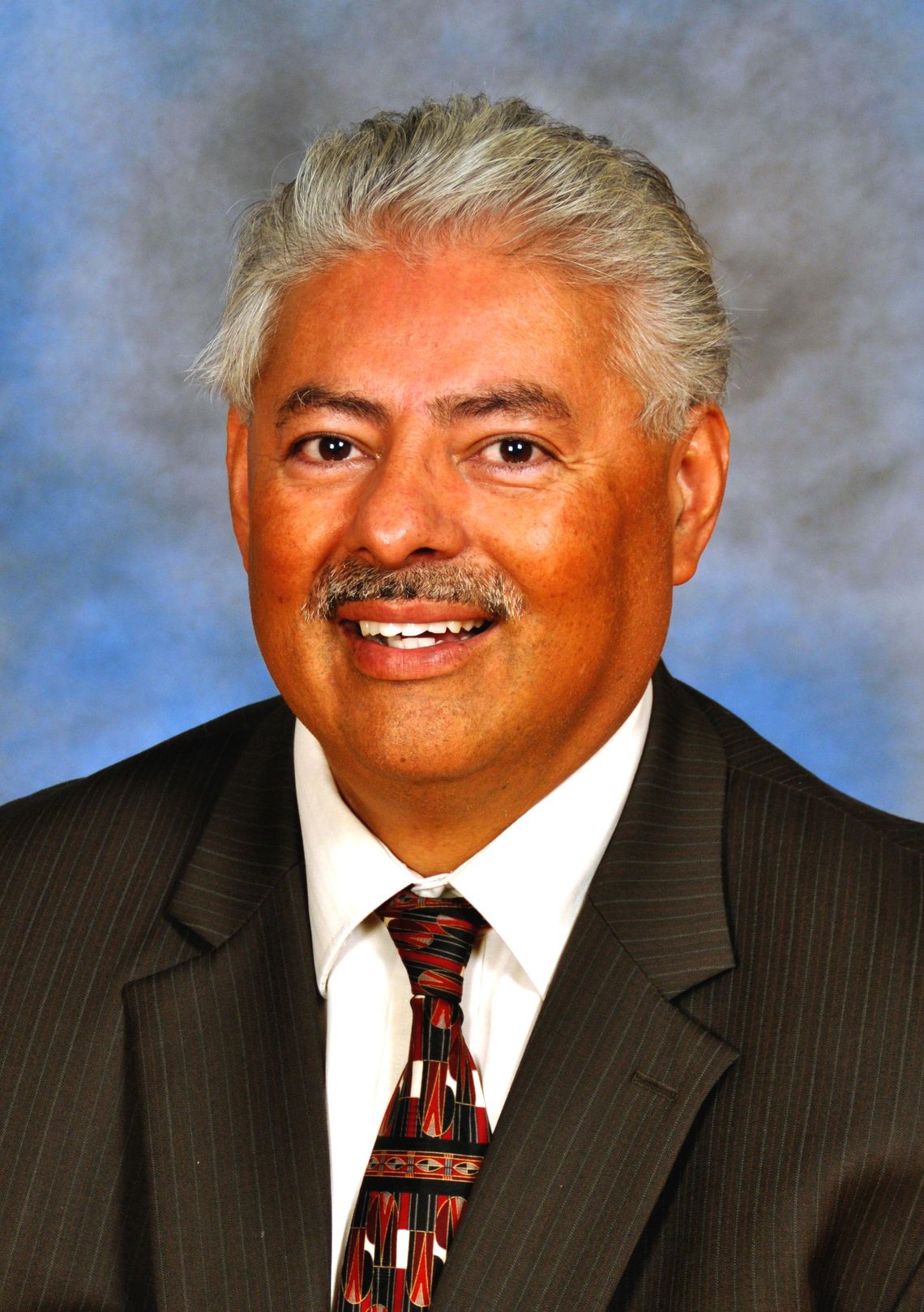Since the doors of Centro Cultural Hispano de San Marcos (Centro) opened on Sept. 18, 2010, change has been a constant companion. The changes to date have worked to enrich the tapestry of San Marcos’ rich Hispanic culture and heritage. In a room at Centro that is part kitchen and part conference room, with a few board members present, the incoming Executive Director, Dr. Ricardo Espinoza, starts his first day with thoughts of change.
Centro
Centro has been in the news and a topic of discussion throughout the city in recent weeks. The site is owned by the San Marcos Consolidated Independent School District (SMCISD) and Centro has coexisted on the same block with the district administration building which was condemned and recently removed. The history of the building site itself goes back to the late 1940s during a time when segregation in education required a Mexican School. Students with a Spanish-sounding surname attended the original school at this site. The name was changed twice over the years to the Southside School and finally to Bonham Elementary. To many who attended, the education system was challenging because students were not allowed to speak their primary language. In fact, many experienced a suppression of their culture and a loss of identity.
In 2010, five women came together to change the community by providing a new cultural space in San Marcos They created a non-profit organization that celebrates the legacy and heritage of Hispanic culture through a living museum with programs in music and art.
In fact, with the addition of the Future Aerospace Engineers and Mathematicians Academy (FAMA) pre engineering program (sponsored by NASA), San Marcos students have another place to experience the full spectrum of Science, Technology, Engineering, Arts & Mathematics (STEAM) disciplines outside of the school district environment.
Today, Centro hosts several programs in the evenings teaching art, dance, and music as well as tutoring for several school subjects. Linda Kelsey-Jones, a Centro board member who heads the ArtSpace program notes, “Centro helps level the playing field for all children in San Marcos by providing a place of enrichment and resources, or ‘cultural capital,’ where they can establish a sense of pride in themselves.”
This “cultural capital” is given back to the community at large and can be found on the walls of the San Marcos Activity Center. It can be experienced at city events like Sights & Sounds of Christmas where performances by folklorico dancers and mariachi musicians are showcased.
The cultural capital also comes in the art exhibitions that showcase artists works throughout the building. Finally, it is shared and developed from the many discussion groups and authors that use the space for relevant dialogue. The appeal of Centro is for all ages. The goal is to keep growing and keep changing to meet the needs of the San Marcos community. The first step was to hire a new executive director.
The Change Agent
“I am a change agent, Espinoza explains. Coming from Mendota, Illinois, he spent 32 years in education. For 16 years he taught all grade levels and moved into educational leadership. He spent another 16 years in various administrative roles including assistant principal, principal and retiring as superintendent in July 2018. He has also taught in higher education as an adjunct professor.
His published doctoral thesis, titled “Hispanic Superintendents in Illinois: Current Trends and Challenges,” is considered seminal. He brings an ability to communicate and collaborate with all parties in a community while working toward a common goal. When asked about the biggest challenges for Centro today, he points out, “Our biggest challenge is sharing our story that Centro is here for everyone.” His approach is to listen and find the common ground necessary to advance the mission, vision and core values of Centro. The search for a new executive director was broad. “We needed a leader who understood nonprofits and Dr. Espinoza stood out as someone ready to hit the ground running from day one,” Centro Board President Dr. Rosina Valle said.
Centro 2.0
To evolve an organization like Centro is to take the rich history and legacy and build momentum. Some of the considerations for a future Centro include the resolution of the current discussion with the district on the property, and all agree “The Centro Story” needs to be told to the greater community. A key consideration will be the establishment of a sustaining endowment fund showcasing fiscal management and investment in the organization to attract more community programs.
Other financial priorities include completing needed building renovations and making necessary capital purchases as well as expanding the facilities to accommodate future growth. Other future considerations could include the development of a theatrical arts program to include a community theater facility and developing the current museum by hosting traveling exhibitions.
Final Thoughts
When the founders started this journey nine years ago, they not only hoped to create a living monument to a Hispanic past, present and future, but to engage the entire community in its service-focused path. With this foundation in place and nurtured over the years, Centro is ready for its next evolution. The mission for Centro, as established by its founders, has always been to focus on making the entire San Marcos community the beneficiaries of Centro.








